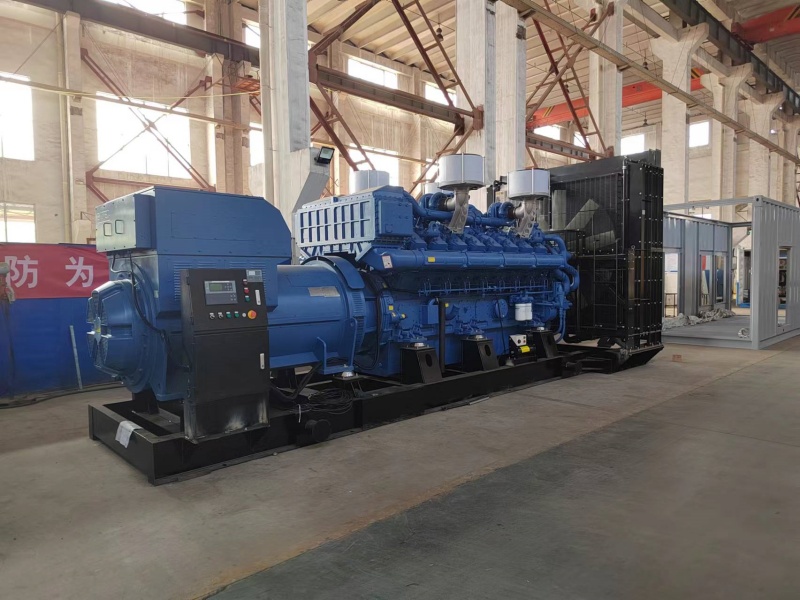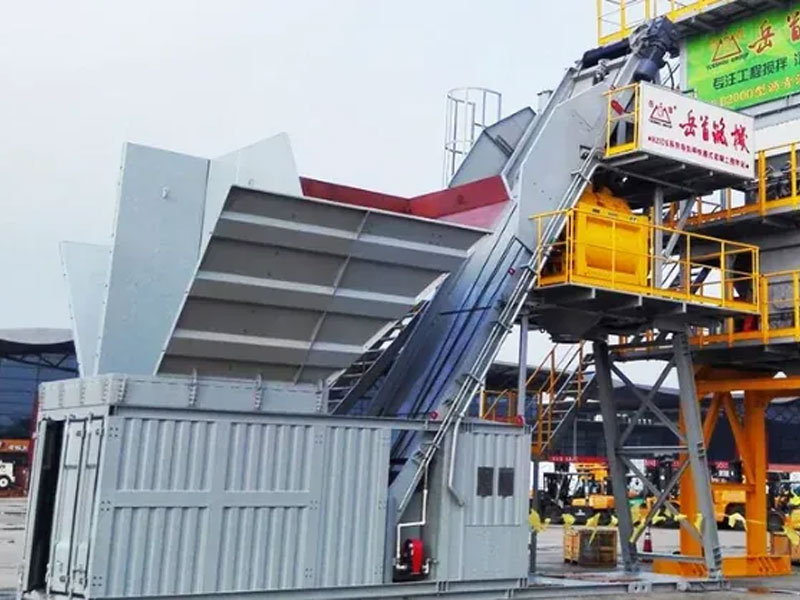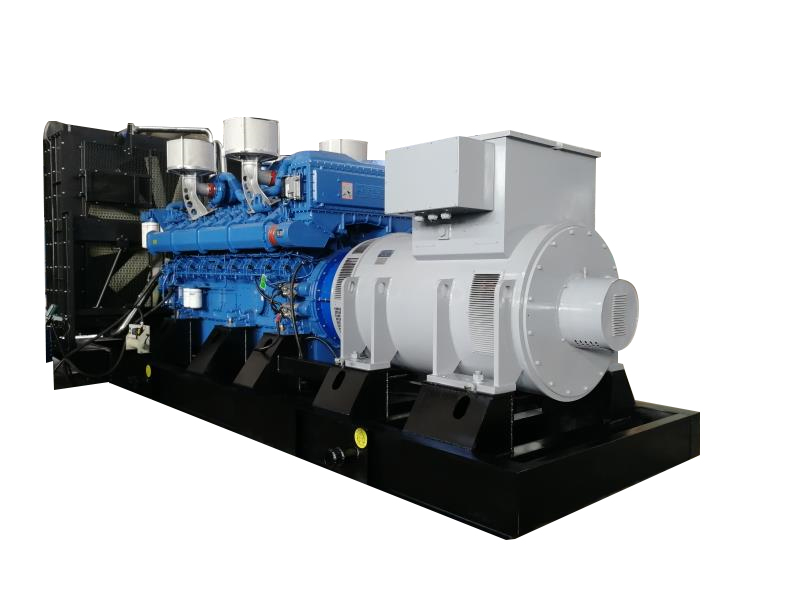OEM concrete plant equipment
# Choosing the Right OEM Concrete Plant EquipmentThis guide provides a comprehensive overview of selecting optimal OEM concrete plant equipment, covering crucial factors to consider for various project needs and scales. We'll explore different equipment types, key specifications, and essential considerations for maximizing your investment.
Understanding Your Concrete Production Needs
Before diving into specific OEM concrete plant equipment options, it's crucial to assess your project requirements. Consider the following factors:1. Production Capacity
Determine your daily or hourly concrete production needs. This directly impacts the size and capacity of the OEM concrete plant equipment you require. Small-scale projects might only need a batching plant with a limited output, while large-scale construction projects will demand significantly higher capacity.2. Concrete Mix Design
The type of concrete you'll be producing—whether it's ready-mix, precast, or specialized concrete—will influence the equipment choices. Different mixes necessitate varying levels of mixing intensity and precision, impacting the selection of mixers, batching systems, and other components.3. Site Conditions and Accessibility
Site limitations like space constraints, terrain, and accessibility for delivery vehicles will directly impact the layout and type of OEM concrete plant equipment you can install. Consider factors such as transportation routes and the presence of any obstacles that might limit the size or mobility of the equipment.Types of OEM Concrete Plant Equipment
The market offers a wide range of OEM concrete plant equipment. Understanding the distinctions between different types is critical for informed decision-making.1. Batching Plants
Batching plants are the heart of most concrete production operations. These systems precisely measure and combine aggregates, cement, and water to create the desired concrete mix. They range from simple, mobile units suitable for smaller projects to large, stationary plants capable of high-volume production. Consider factors like the type of batching system (weight or volumetric), the number of aggregate bins, and the capacity of the cement silos.2. Mixers
Mixers are integral for ensuring homogenous concrete consistency. Several mixer types exist, including: Pan mixers: Suitable for smaller batches and specialized mixes. Drum mixers: Often used in larger-scale operations due to their high capacity and efficient mixing action. Twin-shaft mixers: Known for their ability to handle high-volume production and diverse mix designs.The choice depends on your production capacity and the type of concrete you need to produce.3. Aggregate Handling Equipment
Efficient aggregate handling is critical for smooth operation. This equipment includes: Conveyors: Transporting aggregates from storage to the batching plant. Bucket elevators: Lifting aggregates to higher levels for processing. Stackers: Storing aggregates in organized piles.Selecting appropriate equipment optimizes material flow and minimizes delays.4. Cement Silos
Cement silos ensure a consistent supply of cement to the batching plant. Their capacity and design influence the overall plant's production efficiency and storage capabilities.Factors to Consider When Selecting OEM Concrete Plant Equipment
Choosing the right OEM concrete plant equipment involves more than just considering capacity and features. Here are some other crucial aspects:1. Manufacturer Reputation and Support
Partnering with a reputable OEM offering robust after-sales support and readily available spare parts is crucial for minimizing downtime and ensuring long-term operational efficiency. Consider manufacturers' track records, customer reviews, and the availability of local service networks. For instance, Taian Yueshou Mixing Equipment Co.,Ltd. offers a wide selection of high-quality mixing equipment.2. Automation and Control Systems
Modern OEM concrete plant equipment often incorporates advanced automation and control systems. These systems improve efficiency, precision, and consistency in concrete production. Evaluating the level of automation offered and its compatibility with your operations is crucial.3. Safety Features
Safety is paramount. Ensure the chosen equipment includes comprehensive safety features, including emergency stop mechanisms, interlocks, and guarding to protect personnel and minimize the risk of accidents.Making the Right Choice
The selection of OEM concrete plant equipment is a significant investment. Carefully assess your concrete production requirements, explore the different equipment types and features, and choose a reputable manufacturer to ensure a successful and profitable concrete operation. By thoroughly investigating these factors, you can make an informed decision that optimizes your production efficiency and overall return on investment.Related products
Related products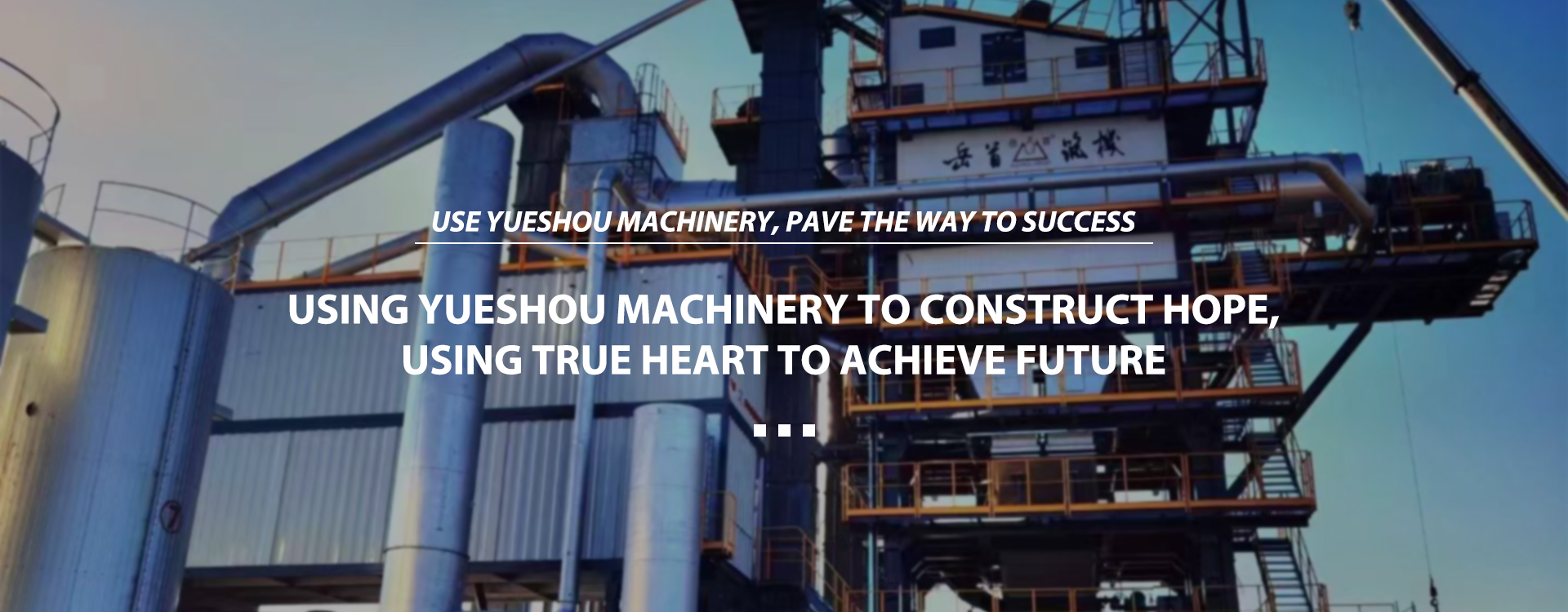
Best selling products
Best selling products-
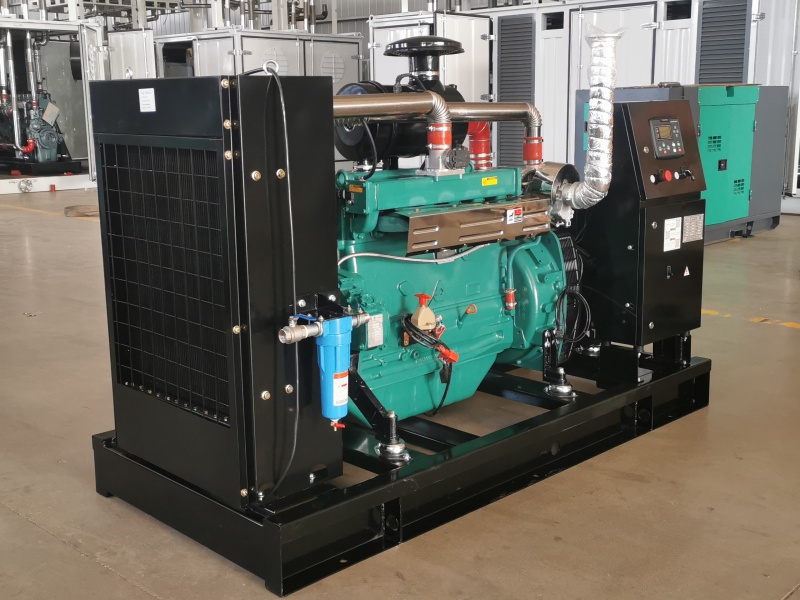 GAS TURBINE AND WATER PUMP SERIES
GAS TURBINE AND WATER PUMP SERIES -
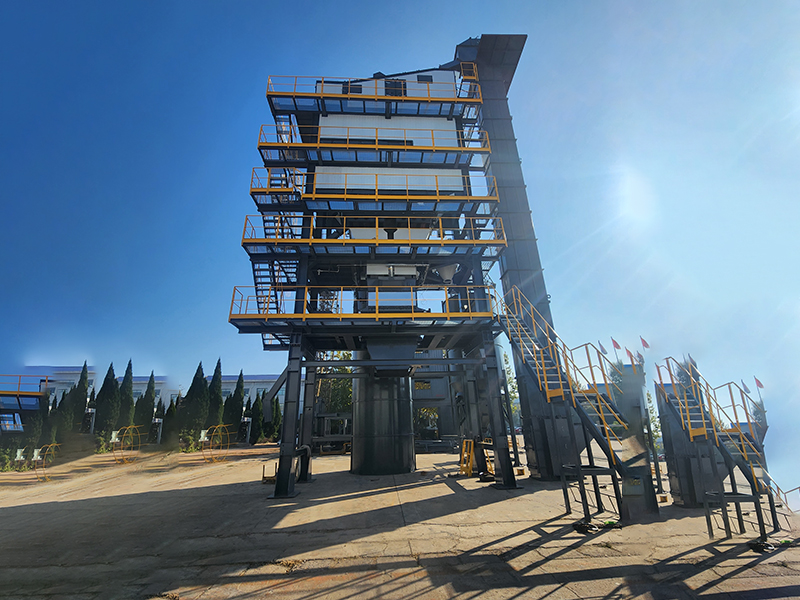 LB4000 asphalt mixing plant
LB4000 asphalt mixing plant -
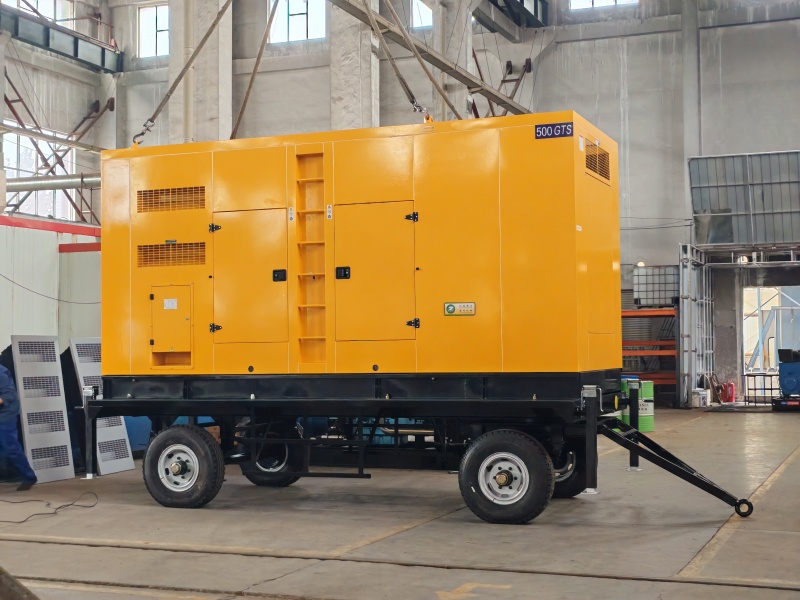 MOBILE ELECTRIC POWER PLANT
MOBILE ELECTRIC POWER PLANT -
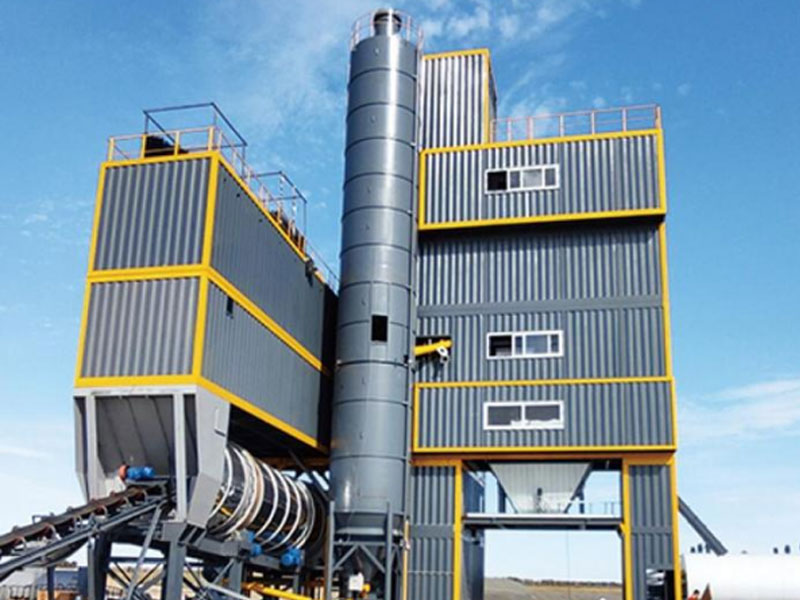 Modular Type
Modular Type -
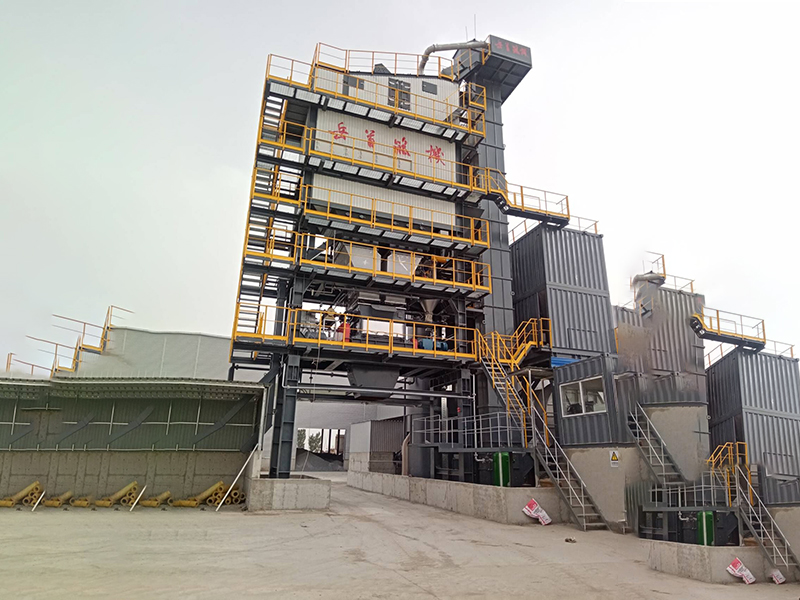 LB3000 Asphalt Mixing Plant
LB3000 Asphalt Mixing Plant -
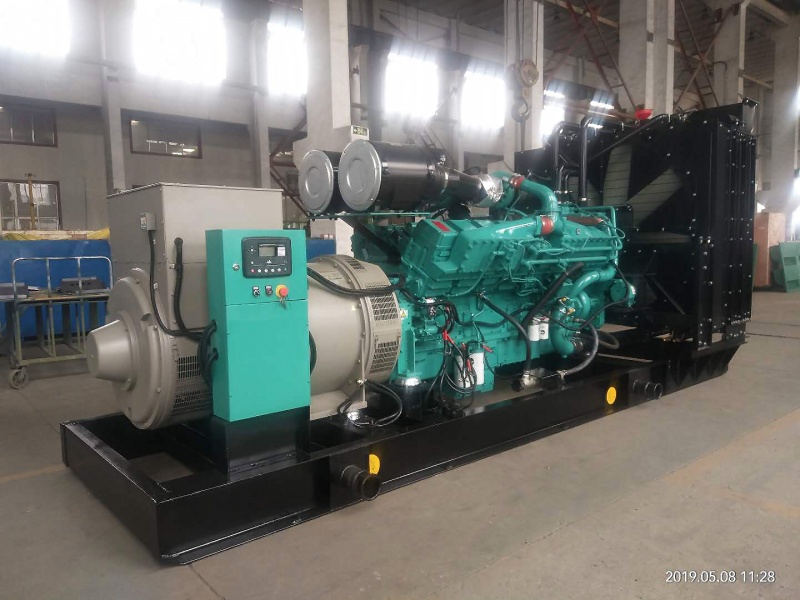 CUMMINS SERIES DIESEL GENERATOR SET
CUMMINS SERIES DIESEL GENERATOR SET -
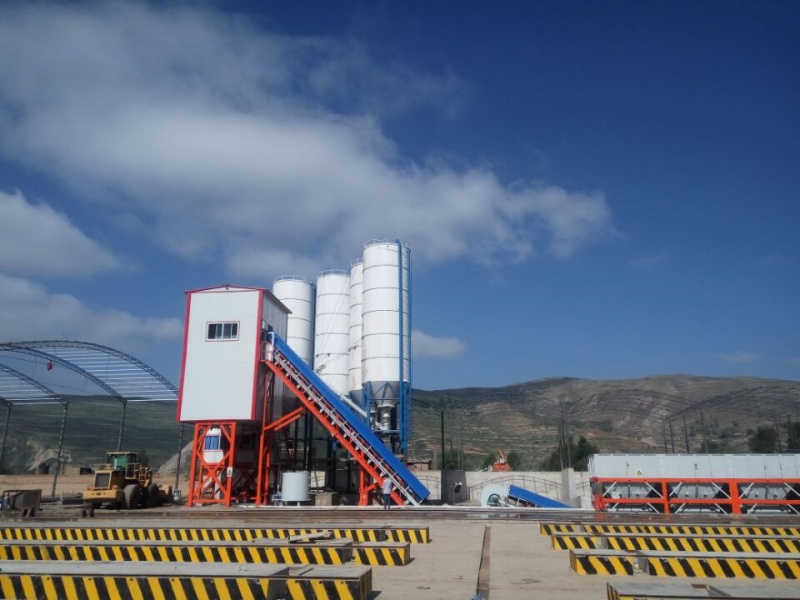 HZS90 Concrete Batching Plant
HZS90 Concrete Batching Plant -
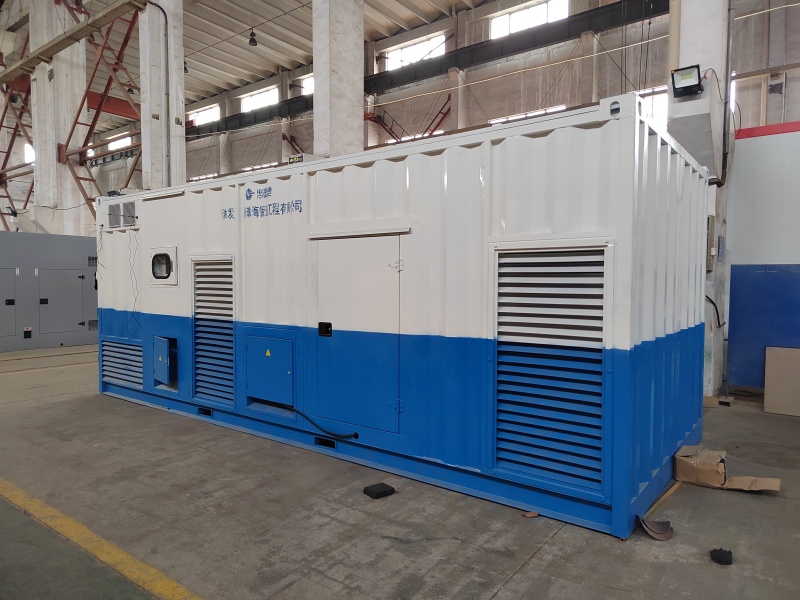 GENERATOR EXTENSION SERIES
GENERATOR EXTENSION SERIES -
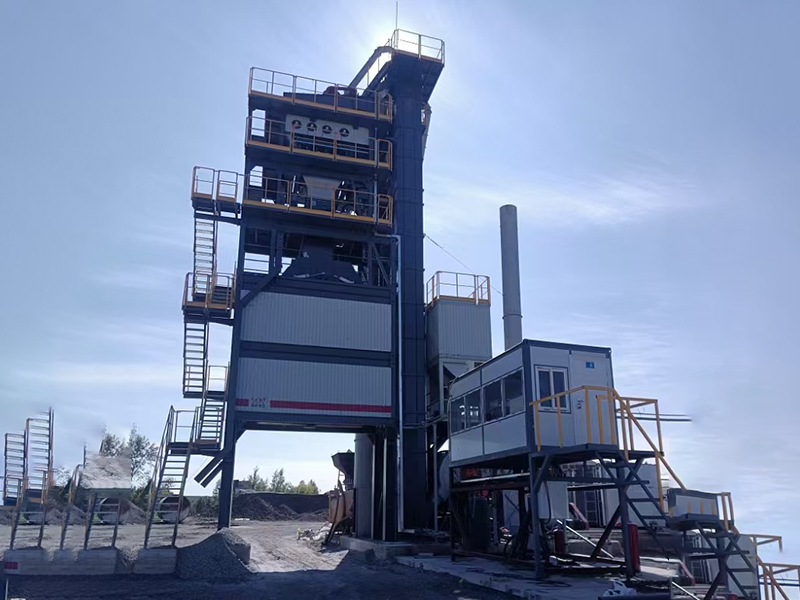 LB800 asphalt mixing plant
LB800 asphalt mixing plant -
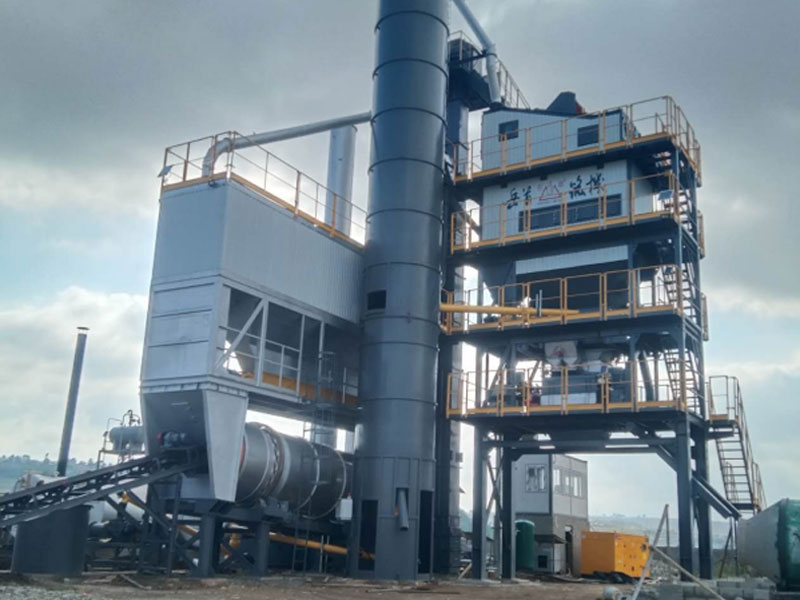 Asphalt Mixing Plant
Asphalt Mixing Plant -
 Container Type
Container Type -
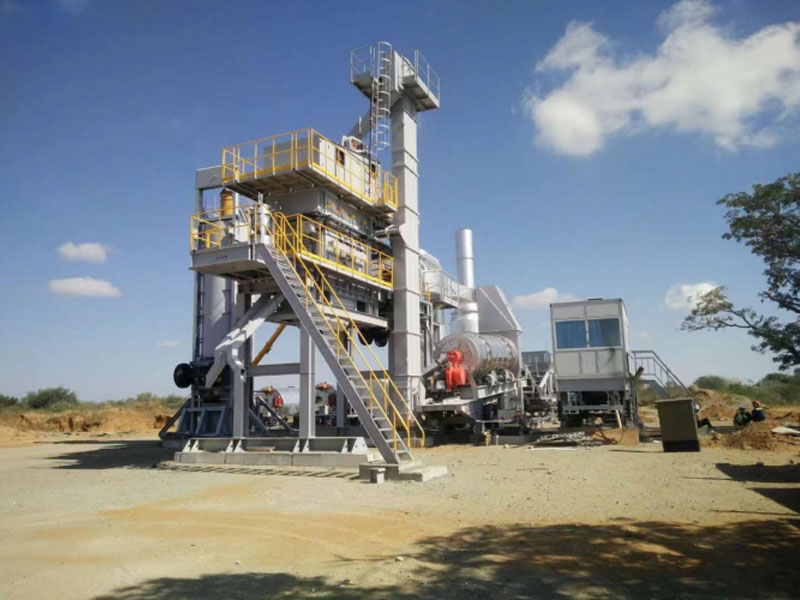 Mobile Asphalt Mixing Plant
Mobile Asphalt Mixing Plant
Related search
Related search- High-Quality blythe garner asphalt plant Products
- Wholesale golden mix concrete plant
- High-Quality speco asphalt plant Manufacturer
- High-Quality concrete plant near me Products
- Buy cemex orange concrete plant
- High-Quality mini ready mix concrete plant Supplier
- Buy conmat concrete batching plant
- Cheap stationary asphalt mixing plant
- High-Quality portable concrete plant for sale Company
- High-Quality cemex mission concrete plant Factory

